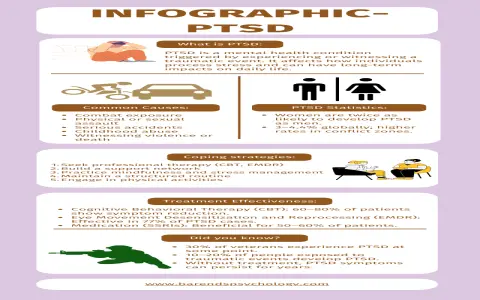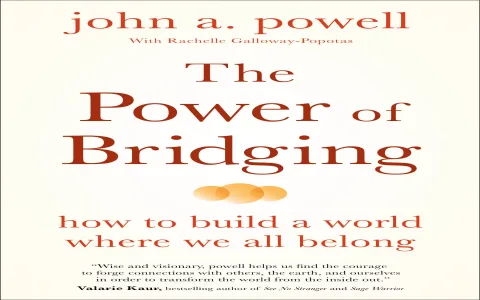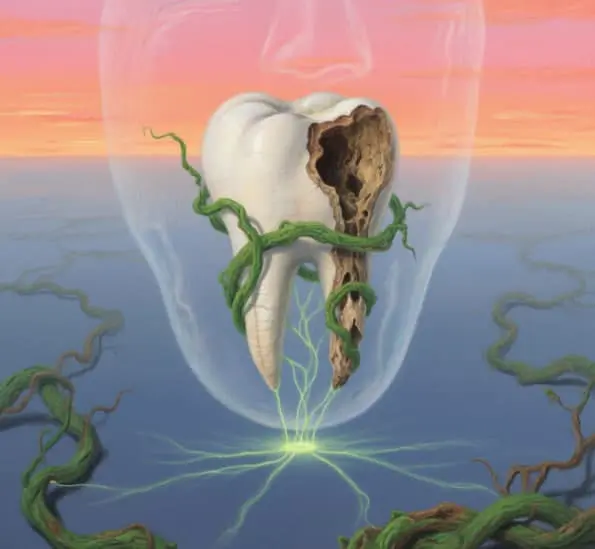The Tsunami Project: How I Shut Down My Nightly Flood Alerts
Man, I gotta tell you, for about six months straight, I was living in fear of bedtime. I’d shut my eyes, and boom, within an hour, I was running up some digital hill, watching a massive wall of water swallow everything I owned. Tsunami dreams. Not just once a month, either. We’re talking three or four times a week. I’d wake up soaked in sweat, heart hammering like I just ran a marathon, and spend the first hour of my workday feeling totally useless because I was already exhausted.
This wasn’t just annoying; it was messing up my real life. I started snapping at people at work. My focus was shot. I tried the usual stuff—less coffee, reading boring books before bed—but the ocean kept coming. I figured, screw the vague self-help stuff; I needed to treat this like a broken server. If I could debug code, I could debug my subconscious. I needed a system, a practical method for translating “big wave” into “real-world garbage I needed to fix.”
I decided to document the hell out of it.

I started this project three months ago. The first step was purely mechanical: logging. I didn’t use some fancy journal. I grabbed a simple notebook and placed a pen right next to my head. The second I woke up from a tsunami dream, no matter the time, I forced myself to write down five specific things before I even sat up or checked the time.
Building the Data Set: The Five Critical Inputs
I wasn’t interested in symbols from a dictionary. I wanted context. I wanted triggers. I literally told myself: “You are an investigator, and the dream is the crime scene.”
- The Immediate Feeling: Not “fear,” but the specific flavor. Was it helplessness? Was it crushing pressure? Was it frantic urgency? I labeled this immediately.
- The Pre-Dream Filter: What was the absolute last thing I thought about before falling asleep? Usually, it was a work email, a bill, or an awkward conversation I’d had earlier. I didn’t filter this—I logged it, even if it seemed unrelated.
- The Wave’s Texture: Was the water clear blue? Muddy brown? Was the wave loud or silently fast? This often translated to whether the stressor was “clean” (a clear deadline) or “muddy” (interpersonal drama).
- Who Was Missing: Was I alone? Who was supposed to be there but wasn’t? This always pointed directly to whom I was refusing to ask for help from in real life.
- The Real-World Stress Level (Yesterday): On a scale of 1 to 10, how overwhelmed was I the previous day? I found a direct correlation: a 9/10 day almost guaranteed a tidal wave night.
For the first two weeks, I just gathered the data. I suffered through the nights, but every morning, I had a new, rough piece of information. I started to see patterns that were impossible to ignore.
The Breakthrough Interpretation: It’s Not the Water, It’s the Overload
My biggest realization came when I cross-referenced the “Immediate Feeling” column with the “Real-World Stress Level.” When the dream feeling was “crushing pressure” and the water was always dark and muddy, the previous day had always involved a massive, multi-departmental project where I felt like I had zero control over the inputs.
I realized the tsunami wasn’t a warning about literal catastrophe. It was my brain screaming about emotional or professional overload. The sheer size of the wave represented the magnitude of the task I was mentally trying to lift alone.
A specific breakthrough happened after a dream where I was frantically trying to stack tiny pieces of furniture to build a wall against the wave. I woke up and immediately connected this to the “Atlas Merger Project” at work. I had been asked to manage five separate teams, and I kept trying to fix every tiny little issue myself, instead of stepping back and delegating the major chunks. I was stacking tiny tables when I needed a bulldozer.
Mastering the Wake-Up Call: Action Equals Calm
Once I cracked the code, the practice changed from documenting the dream to acting on the interpretation the second I woke up.
If I dreamed of being chased by a fast, silent wave (which I defined as “Unacknowledged, rapidly approaching deadline”), I didn’t just feel scared; I identified the corresponding deadline (usually the quarterly report). Then, I committed to a specific, tangible action before leaving the house:
- I would immediately draft an email to my manager clarifying scope and pushing back on one secondary task.
- I would physically write down three things I was going to delegate that day.
- I would take 15 minutes before work to actively visualize success, not just avoiding the problem.
I was using the nightmare as an emergency priority list. The dream wasn’t the problem; it was the alarm bell I was ignoring.
The results were stunning. Once I started actively tackling the underlying stress—pushing back on scope creep, delegating tasks that were drowning me, and stopping myself from mentally rehearsing work issues right before bed—the frequency dropped instantly. After about four weeks of this aggressive real-world intervention, the big waves mostly vanished. Now, if I have a “tsunami dream,” it’s a tiny ripple, usually just a small, clean wave far off in the distance. It’s my brain politely suggesting I might be taking on too much coffee or too much responsibility. I logged the final big wave dream three weeks ago. Since then? Nothing but boring, normal sleep. It proves that sometimes, the only way to stop the disaster is to build the barrier in daylight, not just run from the flood at night.













